An Exploration of the Everlasting Aura of White
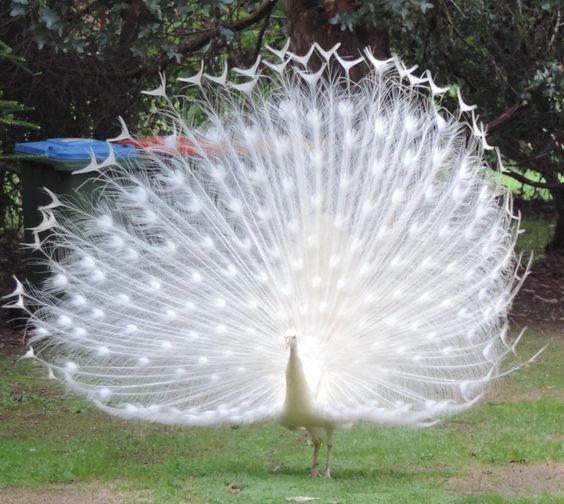
In a world where colours dance and blend in a kaleidoscope of hues, one shade stands resolute, beckoning contemplation and reverence: white. It is the canvas upon which light itself paints its purest expression, evoking notions of clarity, purity, and transcendence. From the pristine snowfields that blanket landscapes in winter’s embrace to the luminous glow of moonlit nights, white embodies a profound symbolism that transcends mere aesthetics.
Throughout the annals of history, white has held a place of profound significance, woven into the fabric of human culture and spirituality. In ancient Egypt and Rome, priestesses draped themselves in white garments, an outward manifestation of inner purity and divine connection. The Romans adorned themselves in white togas, symbolic of citizenship and civic duty. The Middle Ages and Renaissance witnessed the white unicorn as a symbol of chastity, and the white lamb as an offering of purity and sacrifice.

Across continents and epochs, white has served as a beacon of spiritual significance. In Western cultures, the pope’s robes are resplendent in white, signifying purity and the divine calling. In Islam and Shintoism, pilgrims don the hue as a mark of reverence and humility. Weddings, too, are steeped in the symbolism of white, with brides enveloped in its purity, symbolising new beginnings and the sacred bond of marriage.
Yet, white is more than a symbol; it is a language spoken by architecture, fashion, and art. Greek and Roman temples stood adorned in white marble, a testament to divine grandeur and human aspiration. Neoclassical architecture embraced white as a symbol of modernity and enlightenment, adorning government buildings and churches alike with its pristine facade.
In the realm of psychology and culture, white holds sway over the human psyche, evoking associations of perfection, honesty, and neutrality. It is the blank canvas upon which dreams are painted and ideas take shape, embodying the purity of intention and the promise of possibility.
As we traverse the depths of history and culture, the significance of white emerges as a thread that binds humanity together across time and space. It is a symbol of our collective longing for purity, transcendence, and the eternal quest for perfection—a timeless emblem of the human spirit’s enduring quest for the divine.
Etymology and Linguistic Evolution
The etymology of the word “white” traces back to Old English hwīt, originating from the Common Germanic *χwītaz, also found in Old High German (h)wîz, Old Norse hvítr, and Gothic ƕeits. This root can be traced further to the Proto-Indo-European *kwid-, which also survives in Sanskrit śveta meaning “to be white or bright” and Slavonic světŭ meaning “light”. The Icelandic word for white, hvítur, directly stems from the Old Norse form hvítr.

In addition to European languages, non-European languages exhibit a rich variety of terms for white. For example, the Inuit language boasts seven distinct words for various nuances of white, while Sanskrit delineates specific shades such as bright white, the white of teeth, sandalwood, the autumn moon, silver, cow’s milk, pearls, a ray of sunlight, and stars. Similarly, Japanese offers six different words, each capturing nuances of brilliance, dullness, and the colour’s dynamism or inertness. This linguistic diversity underscores the profound cultural significance and perceptual richness associated with the colour white across different societies and civilizations.
A brief history of the White
Beginning with the Palaeolithic era, where white pigments were utilised in cave paintings such as those found in the Lascaux Cave in France, we see how early humans incorporated white into their artistic expressions alongside other natural pigments like red and yellow ochre. This use of white as a highlight or background in cave paintings reflects its importance even in the earliest forms of human creativity.
Moving forward to ancient Egypt, we find white associated with the goddess Isis, with priests and priestesses donning white linen attire and using it to wrap mummies. This association with purity and divine connection highlights the symbolic significance of white in ancient Egyptian religious practices.
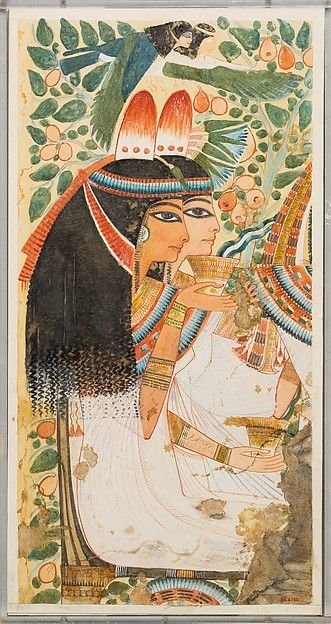
In ancient Greece, white took on connotations of motherhood and purity, with references to mother’s milk and its association with nurturing. Additionally, the dichotomy of darkness and light in Greek mythology underscores the fundamental role of white as a symbol of illumination and clarity.
The Roman era further cemented the symbolism of white, with its usage in togas for ceremonial occasions and political campaigns, as well as in the attire of priestesses of the goddess Vesta, representing purity and loyalty.
Transitioning to the postclassical period, we observe the adoption of white by the early Christian church as a symbol of purity, sacrifice, and virtue. This adoption is reflected in the attire of priests during Mass and monks of religious orders like the Cistercians. Furthermore, the symbolism of the white lamb as representative of Christ’s sacrifice, as well as the portrayal of the transfiguration and the white unicorn in mediaeval art, further emphasises the enduring significance of white in conveying spiritual and moral concepts.

The Renaissance period saw a shift in artistic techniques, with the incorporation of white to brighten and enliven colours, following the advice of humanist scholar Leon Battista Alberti. This resulted in a palette that was notably brighter and more vibrant, reflecting a newfound sense of gaiety and exuberance in artistic expression.
Religion, Art and Fashion
In many cultures, white was traditionally associated with mourning, symbolising purity, humility, and penitence. Widows, particularly in Europe, commonly wore white garments as a sign of mourning until the 16th century. Additionally, monks of the Order of Saint Benedict initially dressed in undyed white or grey wool robes, reflecting their commitment to humility and spiritual purity. However, over time, they transitioned to black robes, further emphasising the themes of penitence and humility.
White’s association with purity extended to religious contexts as well. Under Pope Pius V, a former Dominican monk, white became the official colour worn by the Pope, signifying his spiritual authority and purity of faith. Religious artworks often depicted sacred figures adorned in white garments, symbolising their divine purity and virtue. For example, the white lamb in Jan van Eyck’s Ghent Altarpiece and the white-clad figures in Fra Angelico’s Transfiguration evoke a sense of holiness and transcendence.

In the realm of fashion, white experienced periods of prominence and evolution. During the Baroque and Rococo periods, white dominated architectural interiors, particularly in churches, symbolising the power, glory, and wealth of the church. In the 18th century, white became fashionable attire for both men and women among the aristocracy and upper classes. Men donned powdered white wigs and stockings, while women wore elaborate embroidered white and pastel gowns, showcasing their social status and refinement.
Following the French Revolution, fashion trends shifted towards a more austere aesthetic, with white (blanc cassé) becoming the most fashionable colour for women’s costumes. Inspired by the simplicity of Ancient Greek and Roman attire, these white dresses symbolised a rejection of the opulence associated with the aristocracy. Similarly, the Empire style, popularised by Emperor Napoleon I, embraced classical simplicity, with white garments reflecting a sense of neo-classical elegance.
White in the 19th and 20th centuries
In the 19th century, white became synonymous with cleanliness and purity, leading to its ubiquity in everyday items such as underwear and sheets. The practice of washing linen in boiling water caused colours to fade, making white the practical choice. Artists like James McNeill Whistler utilised white to evoke moods and emotions in their paintings, while modernist painters such as Kazimir Malevich and Piet Mondrian experimented with white as a symbol of purity and simplicity.
Even in the political sphere, white held significance, as seen in the White movement’s opposition to the Bolsheviks during the Russian Civil War. Furthermore, modernist architects like Le Corbusier favoured white for its association with purity and simplicity, rejecting ornamentation in favour of clean, minimalist designs.
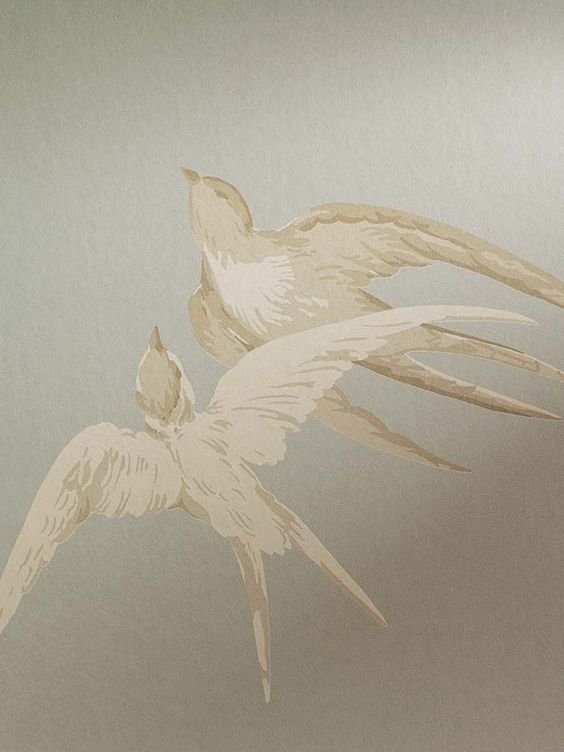
In conclusion, the journey of white throughout history reveals its multifaceted symbolism, from its early use in prehistoric art to its association with purity, divinity, and enlightenment in various ancient and mediaeval cultures. Its enduring significance as a symbol of virtue and illumination continues to resonate through the centuries, evolving and adapting with each new era of human civilization.
The Role of White in Indian Culture
In Indian tradition, white holds a sacred place in rituals and ceremonies. During the festival of Onam in the southern state of Kerala, women don pristine white sarees adorned with golden borders, known as Onam sarees, to celebrate the harvest season with joy and elegance. These sarees symbolise purity, prosperity, and the beauty of nature, reflecting the cultural richness of Kerala’s heritage.
Additionally, the colour white is associated with mourning and spirituality in Indian society. Widows often wear white garments as a sign of their bereavement and renunciation of worldly pleasures. Despite the sombre connotations, these white attires also symbolise the purity and devotion of widows to their deceased spouses, embodying the ideals of sacrifice and spiritual transcendence.
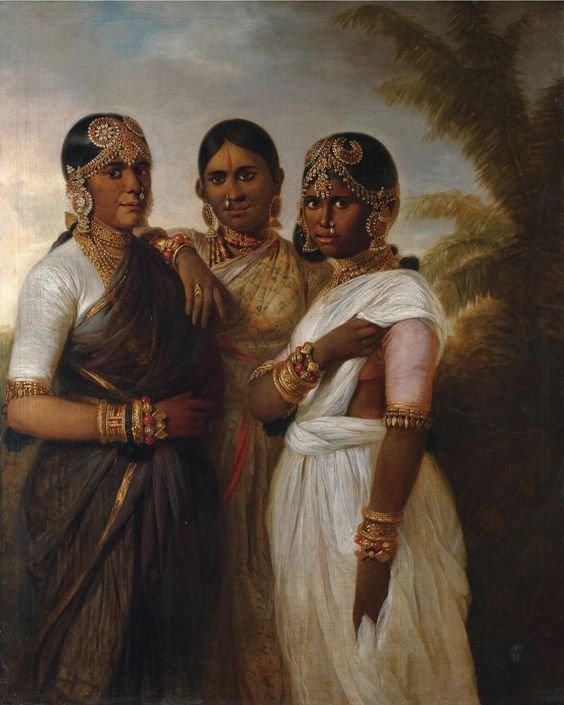
Moreover, festivals like Holi, known as the festival of colours, feature the prominent presence of white alongside vibrant hues. Before the festival begins, people traditionally wear white clothes as a symbol of purity and new beginnings. During the celebrations, the joyful splashing of coloured powders and water contrasts with the pristine white attire, creating a stunning visual spectacle that epitomises the spirit of unity and renewal.
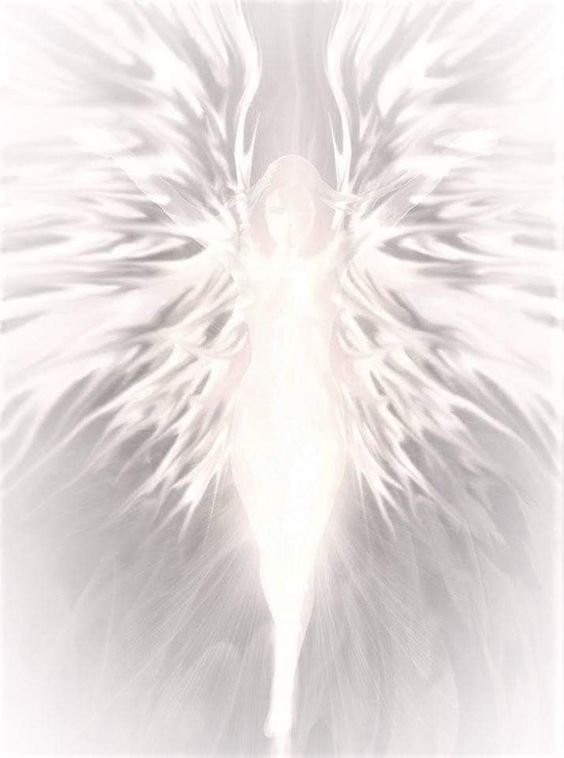
In Indian weddings, white holds contrasting meanings depending on regional customs and traditions. In some cultures, white is considered inauspicious for bridal wear, symbolising mourning and widowhood. However, in certain communities, white attire symbolises purity, innocence, and the beginning of a new chapter in life, representing the bride’s transition into married life with hope and optimism.
Furthermore, the significance of white extends beyond attire to architecture and religious practices. Temples and sacred spaces often feature white marble and stone, symbolising purity, divinity, and spiritual enlightenment. White is also associated with gods and goddesses in Hindu mythology, representing their divine essence and transcendental qualities.
Symbolism and significance in Contemporary times
In contemporary society, the colour white continues to hold significant symbolism, representing a myriad of concepts and values across various cultural contexts. As a symbol of purity and simplicity, white often conveys notions of cleanliness, innocence, and clarity. In fashion and design, white is celebrated for its timeless elegance and versatility, serving as a canvas for creativity and self-expression.
Moreover, white has transcended its traditional associations to become a symbol of modernity and progress. In minimalist aesthetics and architectural design, white spaces evoke a sense of serenity and sophistication, emphasising clean lines and uncluttered environments. The use of white in technology and consumer products conveys a sense of sleekness and innovation, reflecting contemporary ideals of efficiency and innovation.

Furthermore, white holds significance in social and cultural movements, serving as a symbol of unity and inclusivity. In contexts such as weddings and celebrations, white represents harmony and solidarity, bringing people together in moments of joy and camaraderie. Additionally, white has been adopted as a symbol of peace and non-violence in various movements and protests around the world, reflecting aspirations for social justice and equality.
Overall, the contemporary significance of white lies in its ability to convey a range of meanings and emotions, from purity and simplicity to modernity and progress. As a versatile and universal symbol, white continues to inspire and resonate with people across cultures, serving as a timeless emblem of hope, renewal, and unity in an ever-changing world.
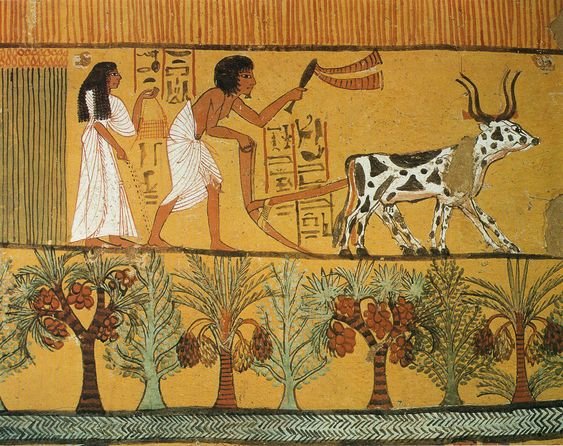
Conclusion
The colour white holds a multifaceted significance in contemporary society, symbolizing purity, simplicity, and modernity. Its timeless elegance and versatility make it a cornerstone of fashion, design, and architecture, where it evokes a sense of cleanliness and sophistication. Moreover, white serves as a symbol of unity and inclusivity, fostering a sense of harmony and solidarity in diverse cultural contexts. Whether adorning minimalist interiors, technological innovations, or serving as a canvas for social movements, white continues to inspire and resonate with people worldwide. Its ability to convey a range of meanings, from peace and tranquillity to progress and innovation, underscores its enduring relevance in an ever-evolving global landscape. As a symbol of hope, renewal, and unity, white remains a timeless emblem of human aspirations and ideals in the contemporary era.


